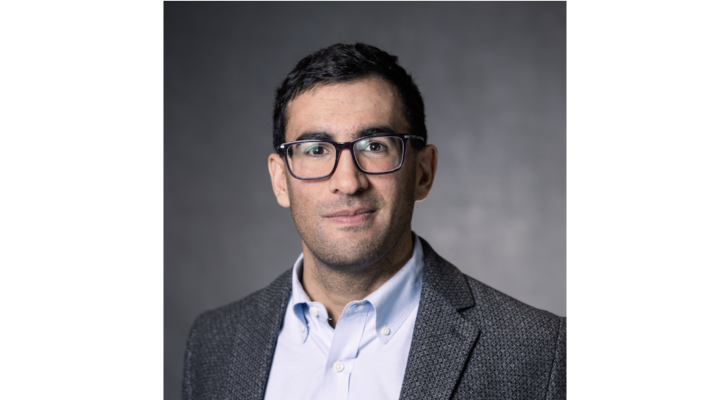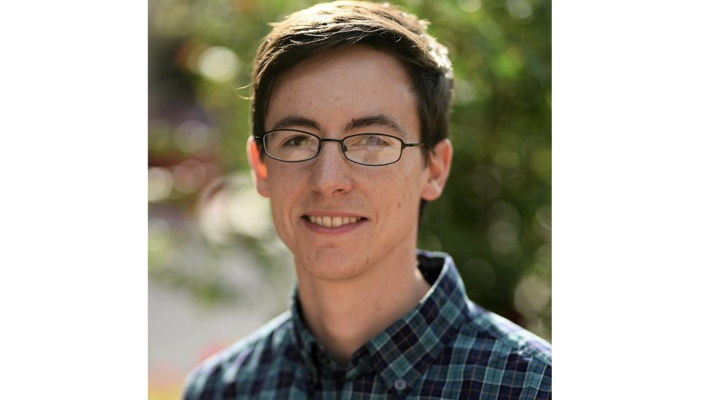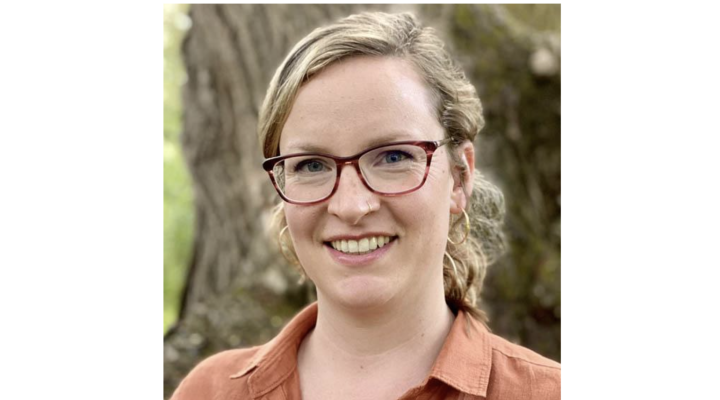Jan Lammerding is busy redefining how we think of living cells. While traditional biology focuses on biochemical reactions as the main forces controlling cellular behavior, Lammerding looks at its mechanics. “I’m interested in the structure of a cell and how it contributes to its function,” says the assistant professor of biomedical engineering. “The cell is not just a liquid bioreactor.”
Lammerding’s research focuses specifically on the cell nucleus, and how defects in its physical properties can contribute to human diseases. So far, he’s discovered that certain proteins that make up the nuclear envelope play a role in many diseases, including muscular dystrophy, cancer, heart disease, and premature aging. Many of his discoveries have been thanks to his ability to put cells under physical stresses—pushing, prodding, and poking them to see how they react when mimicking the often demanding conditions inside the human body. “We call it the torture chamber for cells,” says Lammerding. This ‘chamber’ in Lammerding’s lab has tools that allow him to test the stiffness of cell nuclei in living cells, and enables him to analyze the intracellular force transmission between the nucleus and the cytoskeleton, the cellular scaffolding that provides structure and aids in cellular movement.
Knowing how deformable or stiff a cell nucleus is can illuminate important information about diseases. For many healthy cells, the nucleus is very large and stiff, providing the precious genetic material inside the nucleus with protection from the mechanical stress experienced, for example, in muscle tissue. Research in the Lammerding Lab revealed that mutations in nuclear envelope proteins can make the nuclei more fragile, rendering the cells more sensitive to physical stressors and more likely to rupture and cause cell death, which could explain the progressive muscle wasting in many muscular dystrophies and heart disease. A similar situation seems to also be behind a rare disease known as Hutchinson-Gilford progeria syndrome (HGPS), in which children appear to age at a very rapid rate. Lammerding suspects that increased sensitivity to mechanical stress could be responsible for the extensive loss of vascular smooth muscle cells observed in patients with HGPS, ultimately resulting in the lethal heart attacks and strokes patients experience in their early teens.
Nucleus malleability can also err on the opposite side of the spectrum. While the normally large and stiff nucleus makes it difficult for a cell to squeeze through small openings inside the body, some immune cells have adapted to develop highly specialized and deformable nuclei, enabling them to rapidly exit blood vessels and squeeze through dense tissues on their way to fight infections. At the same time, cancer cells may acquire similar approaches to spread through the body during metastasis. Consequently, Lammerding is currently testing the idea that these cancer cells have overly “squishy” nuclei, allowing them to slip through tight spots and migrate from their native tissue to other places in the body.
Lammerding’s background is interwoven with engineering, medicine, and biology; as an undergrad he fell in love with engineering both in his native Germany and at Dartmouth College, where he spent a year as an exchange student. He went on to earn a Ph.D. in biological engineering at MIT and worked as a research fellow and then faculty member at Brigham and Women’s Hospital/Harvard Medical School, focusing on cellular mechanics and molecular biology.
As it turns out, Cornell had just what Lammerding was looking for in a research environment. “Cornell has a very modern approach. People in the biomedical engineering department are all people who have been trained in both biology and engineering, and are really comfortable in both worlds,” he says. “That level of integration is hard to find.”
He also enjoys the famously collaborative culture that the Cornell research community fosters. “We’ve recently worked with faculty in the entomology and plant sciences departments looking at the nuclear mechanics of plant and insect cells,” Lammerding says. “That’s not a partnership I would have expected when first coming here, and that really speaks to the overall collaborative environment of Cornell.”
The Lammerding Lab
Video of Jan Lammerding at ASCB 2011




